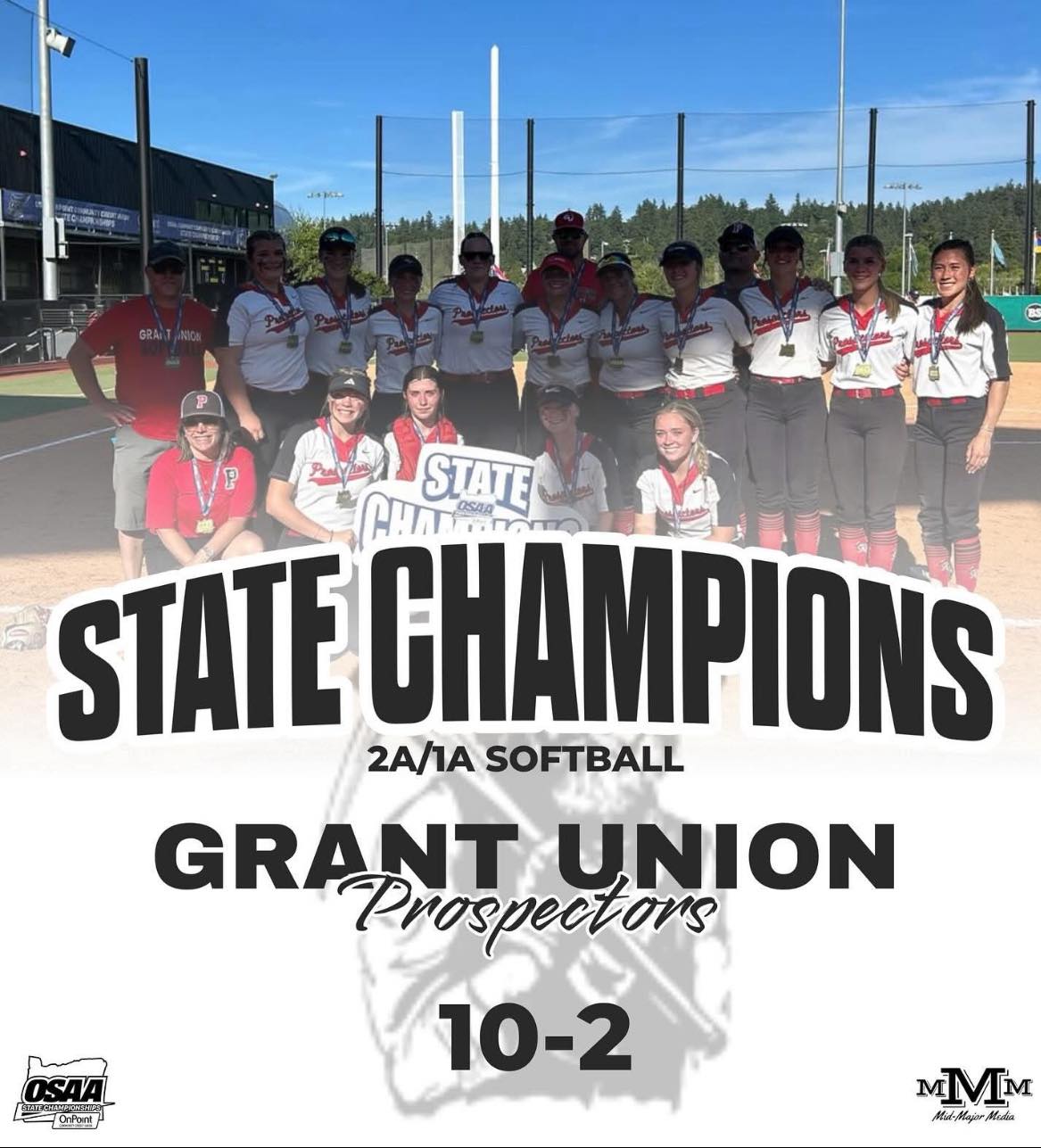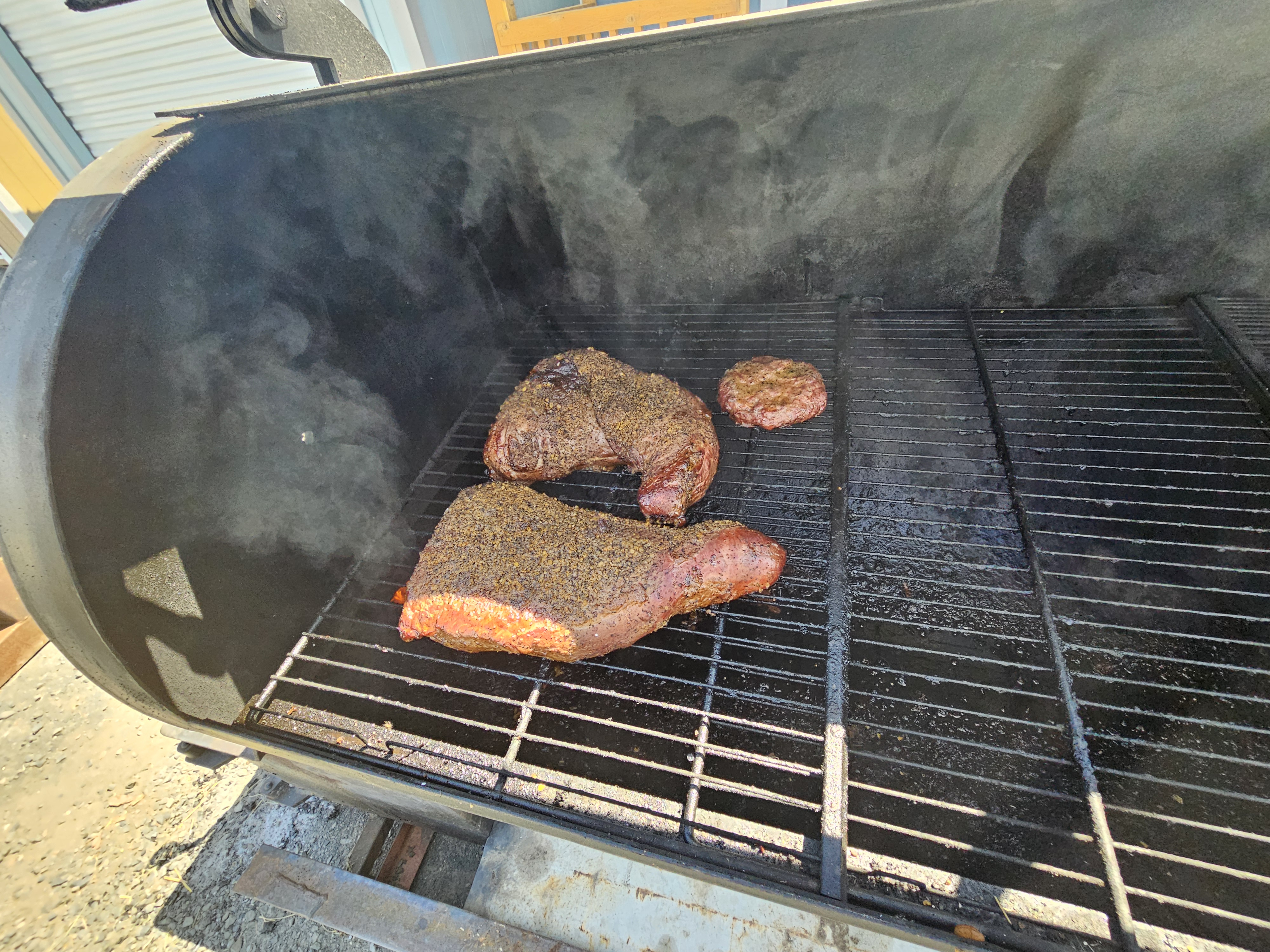Shooting the Breeze: The .300 Magnums
Published 7:00 am Saturday, April 20, 2024

- Dale Valade
Many is the time I’ve found myself standing at a gun counter and have witnessed a regular Joe ask the the clerk for “a box of .300’s.” A hundred years ago there were only a couple of factory-loaded cartridges going by that moniker, the .300 Savage and the .300 H&H Magnum. Today, that field is considerably more crowded. Counting the two previously mentioned, there are over 10 different .300’s to which our regular Joe could be referring in his generic request.
Some say it was Ben Comfort bringing home the Wimbledon Trophy in 1935 that really put the .300 H&H Magnum on the radar. I tend to lean more towards the gathering storm which came to be known as the “magnum craze” of the 1940s that was more of a primer than Comfort’s 1,000-yard exploits. Regardless of reason, hunters began to desire greater power and reach than was afforded by their .30-30 and .300 Savage rifles.
When Roy Weatherby fielded the .300 Weatherby Magnum amongst other magnum cartridges of curious design, the American shooting public nearly caused another global deluge from the excessive drool runoff dripping from their collective chins. The idea of throwing 180- to 220-grain bullets at speeds in excess of 3,000 fps was very jaw-dropping. But full-length cartridges like the .300 H&H or .300 Weatherby required a long magnum action; enter the “short magnums.”
The short magnums would fit in a standard long action, which meant any of the various styles and makes of military surplus rifles could be cobbled into a magnum hunting rifle! With minimum modifications, your .30-06 could be rechambered for the .30-.338 or .308 Norma Magnum! The 1950s and 1960s saw a plethora of such cartridges introduced both as factory and proprietary offerings. As I have mentioned before, far and away the most popular of these are inarguably the 7mm Remington Magnum and .300 Winchester Magnum.
The .300 Winchester Magnum was released in 1963. Rifles for this soon-to-be world standard could be had over the counter or in custom shops. Our armed forces began using the .300 for long-distance sniper applications as it had greater power and reach than either the .308 or .30-06 rifles while utilizing the same or heavier weight bullets.
Hunters quickly enamored with this extra reach also were quick to notice the increase in recoil, especially in rifles weighing less than 8½ or 9 pounds. I must say for myself that the .300 Magnums, even factory-loaded, are the threshold of being too much recoil off of a benchrest. If the extra recoil is tolerable to you, however, a .300 Magnum makes a nice all-around big game rifle. Despite allegations of handicap due to the short neck, the .300 Win Mag in particular is a very accurate round. That said, the only .300 Magnums which I have struggled to get to shoot accurately have been due to issues with the gun, such as bad bedding or worn-out barrels.
Even the latest “short magnums” — meaning the .300 WSM, SAUM and RCM — which are designed to fit in the 2.8-inch short action can provide performance similar to that of factory-loaded .300 H&H or Winchester Magnum cartridges. With today’s high-ballistic coefficient bullets, the .300 Magnums really excel at long-range shooting, which is largely to thank for their popularity and longevity, especially among elk hunters.
If you’re a die-hard .30 caliber fan but have to have a “magnum” rifle, there are plenty of .30/.300 magnum rifles to be had. If it’s light of weight, I would suggest — no, I would require — a proper muzzle brake. Just be sure to carry ear protection afield when shooting a rifle with a brake. Tinnitus is real, and muzzle brakes are famous for creating the endless ringing of the ears.
Are you a .300 Magnum fan? Write to us at shootingthebreezebme@gmail.com today!





